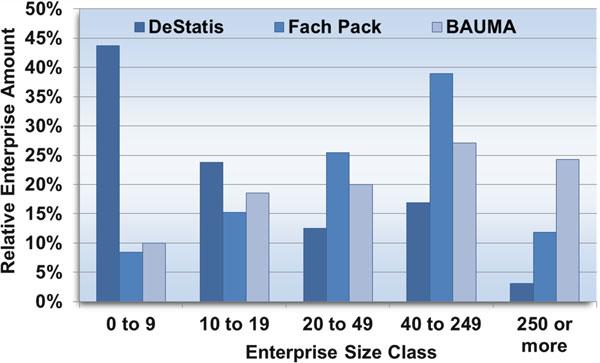18
A Conceptual Approach to the Dilemma of R&D Integration…
171
of integration (Lambertini and Rossini 2008). In those cases, innovation must be developed in-house (Gooroochurn and Haley 2007). Increasing the degree of integration when the interdependence degree between assets is low makes the risk of opportunism smaller (Lee and Fixson 2008). On the other hand, RO suggests that, while the innovation process moves forward, the decrease of uncertainty will lead to changes on the preferences regarding R&D integration (Van de Vrande et al. 2006). According to RO, a decrease of uncertainty among partners encourages compromising a larger fraction of the resources and quitting hierarchies progressively. Moreover, a negative relation between specificity and integration has been justified on the basis of the compliance warranty ensuing from such a specificity (López Bayón et al. 2002). This warranty becomes particularly significant when the assets are prone to appropriability (Klein 1996; Dyer 1997; Nakamura and Odagiri 2005). Brocas (2003) and Bulan (2005) provide an analytical proof for the argumentation above in terms of the possibility to increase the licensing prices and therefore to obtain all the surplus resulting from innovation. Along the same lines, we can find RBV, adding to the above that the larger the specificity in technological knowledge, the deeper the extent to which it contributes to the competitive advantage of the company, making at the same time more difficult any possibility of replication and of illegitimate appropriation; hence, the need for protection is smaller (Hashai and Almor 2008). In this way, specificities will become protective only once the intensity of R&D is high enough; whenever there is specificity to some degree, as long as it is small, it is necessary to resort to protection mechanisms, which in turn could encourage a larger degree of integration. Intermediate R&D intensity will demand a larger degree of integration, because the possibility of market failure must be considered, and specificity is not high enough to become protective. For R&D intensity increasing up to a certain threshold, the optimal degree of integration rises accordingly, but once that threshold is crossed over, specificities are protective enough and the optimal degree of integration is smaller. Thus, the relation has the shape of an inverted “U.” We get in this way to Proposition 2: Proposition (2): Specificities have a negative quadratic effect on R&D integration. Proposition (2a): Physical specificities have a negative quadratic effect on R&D integration. Proposition (2b): Human specificities have a negative quadratic effect on R&D integration.
Any proposal to reconcile organizational theories and the different conclusions that they appear to support must necessarily consider a joint assessment of the role of specificities and uncertainty. The effect of uncertainty on the optimal degree of vertical integration is conditioned by assets specificities. If the latter remain constant, the relation between uncertainty and integration will be positive, whereas if specificities decrease due to uncertainty, the relation between uncertainty and integration might even become negative (Mahoney 1992). Nevertheless, the two types of specificities—physical and human—display very distinctive features in regard to their susceptibility to being appropriated. Physical






